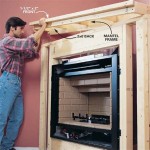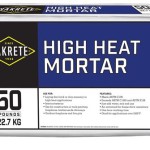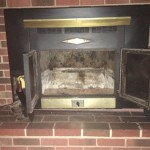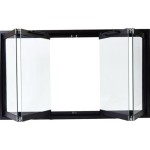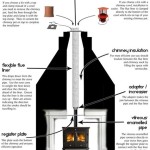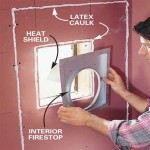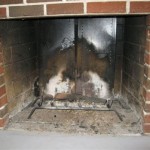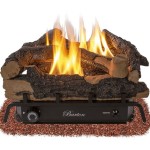Building Code Fireplace Hearth: Essential Aspects
A fireplace hearth serves multiple purposes in a fireplace system. It provides a protective layer between the fireplace opening and the combustible materials nearby, preventing embers and sparks from escaping and starting a fire. Additionally, a well-constructed hearth enhances the fireplace's aesthetic appeal and serves as a warm, inviting focal point in the room.
Building codes establish specific requirements for fireplace hearths to ensure safety and effectiveness. These requirements vary depending on the jurisdiction, so it's essential to consult local building codes for the most up-to-date information.
Material and Dimensions
Fireplace hearths must be constructed using non-combustible materials, such as brick, stone, tile, or concrete. The thickness and dimensions of the hearth are determined by the size of the fireplace opening and the type of fuel being used. Generally, a hearth should extend at least 16 inches in front of the fireplace opening and 8 inches on either side. The thickness should be a minimum of 2 inches.
Sloping and Clearance
Fireplace hearths are typically sloped away from the fireplace opening to prevent embers and sparks from rolling back into the room. The slope should be a minimum of 1 inch per foot of depth. Additionally, there should be a clearance of at least 6 inches between the top of the hearth and any combustible materials above, such as a mantel or trim.
Combustible Floor Protection
If the fireplace is installed on combustible flooring, an additional layer of protection is required. This can be achieved using a non-combustible material, such as a metal firebox liner, extended 12 inches beyond the hearth dimensions. The liner should be securely fastened to the floor to prevent shifting.
Maintenance and Inspection
Once the fireplace hearth is installed, regular maintenance and inspection are crucial to ensure its continued safety and effectiveness. The hearth should be cleaned periodically to remove any debris or ashes that may accumulate. Additionally, the hearth, firebox, and chimney should be inspected annually by a qualified professional to identify any potential hazards or damage.
Conclusion
Building code fireplace hearths are a critical component of any fireplace system, ensuring safety and preventing the spread of fire. By following the requirements outlined in local building codes and using non-combustible materials, proper dimensions, and clearances, homeowners can create a compliant and functional fireplace hearth that adds both aesthetic value and peace of mind to their homes.

Fireplace Hearth Extension Rules Structure Tech Home Inspections

What Is A Fireplace Hearth And How Far Should It Extend Building Code Trainer

Fireplace Safety And Codes

Fireplace Surround Code Requirements Hearth Outdoor Designs

2024 International Residential Code Irc Icc Digital Codes

Chapter 11 Fireplaces Chimneys Vents And Solid Fuel Burning Appliances Code 2024 Upcodes
Mantle And Fireplace Surround Minimum Clearances

Chapter 11 Fireplaces Chimneys Vents And Solid Fuel Burning Appliances Code 2024 Upcodes
Part 3 7 Heating Appliances Ncc

Fireplace Chimney Clearances Information Canadian

